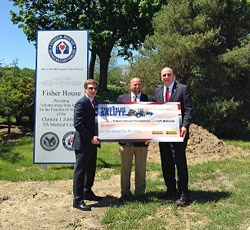 The impact of Big Data and how it can best be used by professional ag consultants and their clients will be a primary discussion point at the annual conference of the American Society of Agricultural Consultants which will be held Oct. 19 – 21 in St. Louis.
The impact of Big Data and how it can best be used by professional ag consultants and their clients will be a primary discussion point at the annual conference of the American Society of Agricultural Consultants which will be held Oct. 19 – 21 in St. Louis.
“Big Data is everywhere but delivers limited value and clarity unless interpreted through objective knowledge and context” says Norman Brown, CAC, president of FBS Systems, Inc., and overall chairman of the ASAC annual conference “The Big Data session will look beyond the current debate over data access and ownership and envision how third-party consultants can add true value to all segments of agriculture.”
Brown explains that a panel of industry leaders will take part in a discussion during the conference. “Big Data: Cultivating Insight from the Cloud to the Client” will feature: John Jansen, director of sales at Climate Corporation; Dr. Terry Griffin, and independent consultant formerly of the University of Arkansas and CrescoAg. LLC, Memphis, TN; and user-producer. The discussion will be moderated by Robert Merhle, Ph.D., CAC, Mid-South Ag Data, LLC.
“We are looking at this uniquely-qualified group to give us a definitive overview of Big Data so we can work together for the common goal of feeding the planet,” Brown says.
There will be discussion groups focusing on networking with producers, supervising client transitions, and managing effective communications with the next generation taking over the leadership roles on farms and ranches.
The luncheon program on October 21 will be a joint event between the Ag Consultants group and members of the St. Louis Agri Business Club. Jeanne Bernick, editor of Top Producer magazine, will address the combined audiences.








